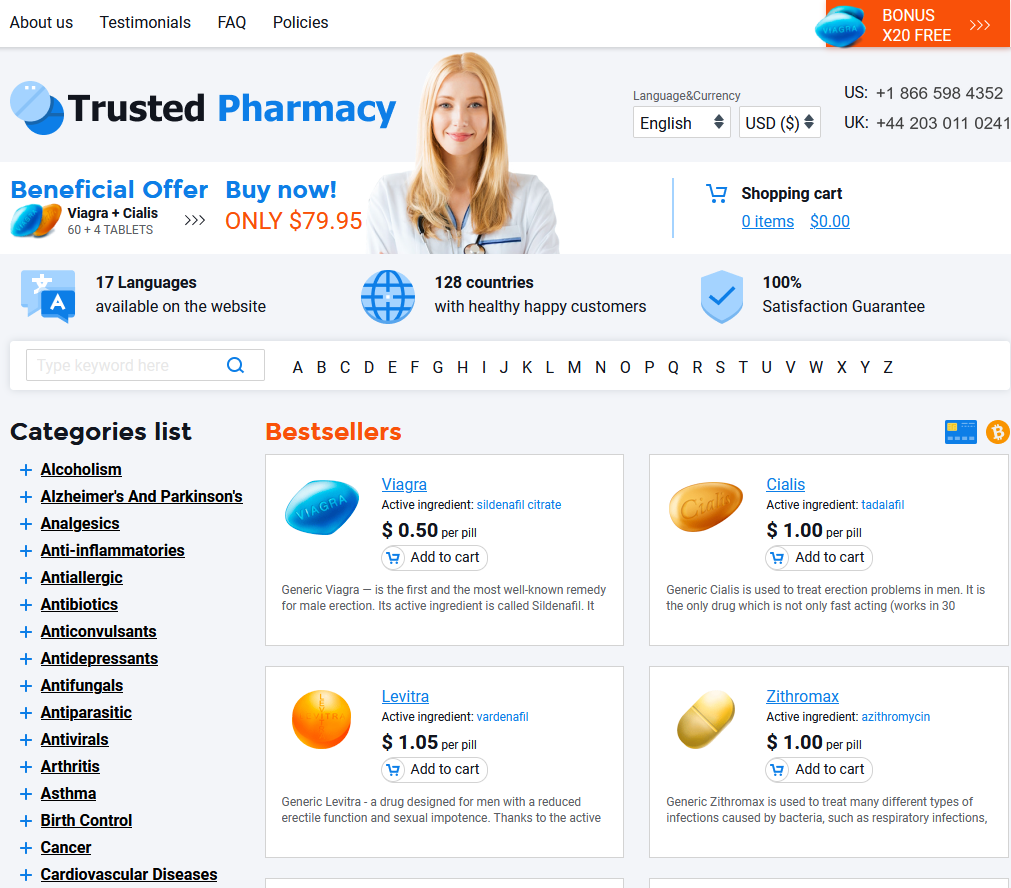Click HERE To Buy Toradol Online ↓
 Toradol in Sports Medicine: a Controversial Practice
Toradol in Sports Medicine: a Controversial Practice
The Role of Toradol in Managing Sports Injuries
Toradol, or ketorolac, is widely used in sports medicine to manage injuries, offering athletes the ability to continue performances without debilitating pain. Its anti-inflammatory properties are particularly beneficial, addressing both pain and swelling, and making it a popular choice among sports medical professionals. However, the administration of Toradol must be carefully monitored to ensure athletes receive its benefits without jeopardizing their health.
| Benefit | Description | |----------------|-------------------------------| | Pain relief | Provides quick pain reduction | | Anti-inflammatory | Reduces swelling effectively |
Proper dosage can aid in alleviating discomfort from sprains, strains, and other injuries, allowing athletes to maintain competitive edge.
Benefits of Toradol: Quick Pain Relief for Athletes

For athletes facing the rigors of intense competition, toradol offers a notable solution. Known for its potent anti-inflammatory properties, this nonsteroidal anti-inflammatory drug (NSAID) provides swift relief, allowing athletes to push through pain barriers without the delay of traditional pain management methods. By mitigating discomfort rapidly, toradol can help athletes maintain their peak performance during crucial moments.
However, the swift relief brought on by toradol is not only about enhancing performance. It also plays a supportive role in the recovery process, enabling athletes to return to training faster after injuries. In a world where every moment counts, this quick alleviation of pain can be pivotal, providing a competitive edge while ensuring athletes remain focused on their goals.
Risks and Side Effects: the Darker Side of Toradol
Athletes seeking rapid pain relief often turn to Toradol, but its use is not without significant risks. This nonsteroidal anti-inflammatory drug (NSAID) can lead to gastrointestinal issues, including ulcers and bleeding, particularly with prolonged use. Kidney complications are another concern, as Toradol can impair kidney function, especially in dehydrated athletes. Moreover, masking pain might contribute to more severe injuries, as athletes may push their bodies beyond safe limits. These potential side effects highlight the need for cautious consideration when using Toradol in sports medicine.
The Ethics Behind Toradol's Use in Competitions

As the demand for competitive excellence intensifies, athletes face the ethical dilemma of using substances like Toradol for performance enhancement merely disguised as pain management. While providing relief, the use of Toradol in competitive sports raises questions about fairness and the integrity of athletic performance. Critics argue that its use blurs the line between genuine pain management and an artificial boost, often leading to an unlevel playing field. This ethical conundrum challenges both regulatory bodies and athletes to reconsider the true spirit of competition.
Legal and Regulatory Aspects of Toradol in Sports
Navigating the legal and regulatory landscape of Toradol in sports is complex and multifaceted. The administration of Toradol, a non-steroidal anti-inflammatory drug (NSAID), in athletic settings often raises questions due to its potent pain-relieving properties. Regulations can vary significantly across different sports organizations and jurisdictions, aiming to balance athlete safety with fair play. The World Anti-Doping Agency (WADA) does not currently list Toradol on its banned substances list, yet its use is closely monitored. This can be a point of contention as some argue that its capacity to mask pain may give athletes an unfair advantage by enabling performance beyond natural limits.
In the professional sports realm, team physicians often find themselves in a gray area when prescribing Toradol. They must not only adhere to league-specific guidelines but also ensure they are not compromising the long-term health of athletes. The decision to administer Toradol is typically made with both ethical considerations and legal implications in mind. Athletes undergoing treatment must provide informed consent, understanding both the benefits and potential risks associated with its use. This process often involves meticulous documentation and compliance with medical oversight, ensuring that the employment of Toradol aligns with legal standards and ethical practices.
| Aspect | Details |
|---|---|
| Regulatory Bodies | World Anti-Doping Agency, various sports leagues |
| Guidelines | Legal variations across organizations |
| Prescription Considerations | Ethical guidelines, informed consent |
Ultimately, the legal aspects of Toradol in sports are a balancing act of ensuring compliance while maintaining ethical standards of player welfare. Experts and stakeholders continue to debate the appropriateness of its use, with discourse shaping future regulatory policies. As the conversation progresses, transparency and athlete education remain pivotal in addressing the concerns surrounding Toradol's presence in competitive sports.
Athlete and Expert Opinions: a Divided Perspective
Athletes often struggle to balance their desire for performance enhancement with concerns about safety. While some vehemently support Toradol for its potent and rapid pain relief, others express trepidation over its side effects and potential to mask serious injuries. Similarly, experts remain divided on its use; some argue that it aids in recovery, while others warn of the ethical implications and long-term health risks. These contrasting viewpoints highlight the complexity of using Toradol in sports medicine.
Use and Misuse of NSAIDs in Sports Medicine Analgesic Use of Ketorolac in Sports Medicine
